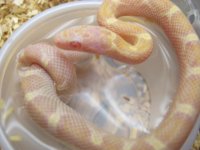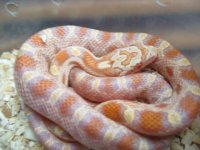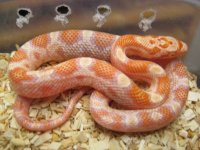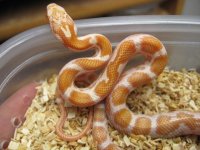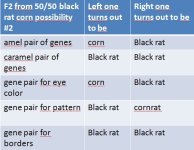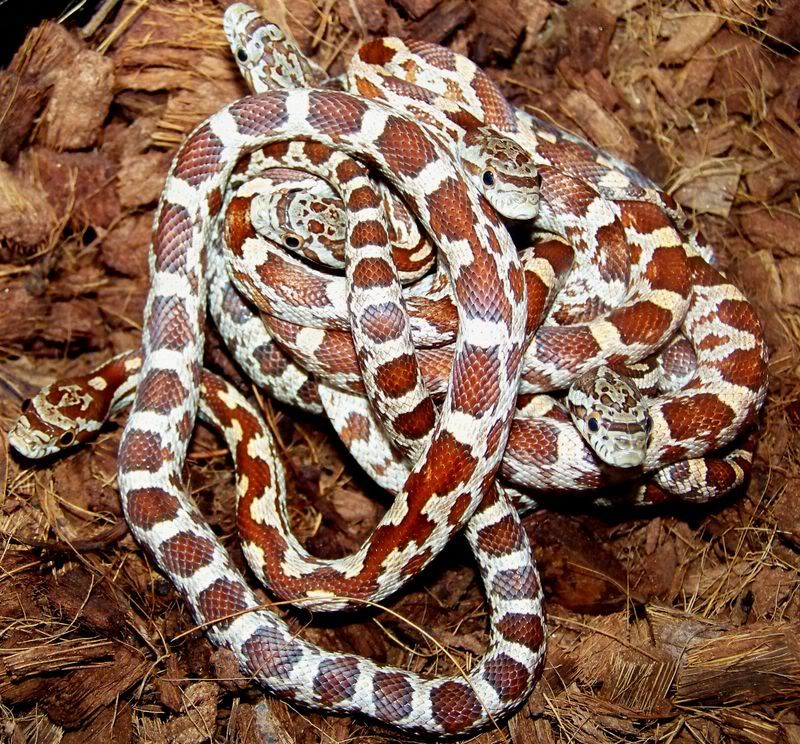It moved apparently;
http://www..com/forum/showthread.php?t=8521&page=2&highlight=hybrid
(somehow it won't work if clicked on, you have to copy/paste into browser)
edit; it looks like the name of the other forum cannnot be pasted here... I will send you an email.
What I'm trying to explain is, that it does not work like mixing milk and water as I understood and was confirmed by Serpwidgets. In no way I mean to be patronising or silly, but I hope to explain myself better with a more easy to understand example;
Imagine two cupboards (named parents DNA

) with let's say 32 drawers. In the drawers are balls (being gene pairs

), one drawer for each. One has all drawers filled with purple balls (pairs of rat genes), the other one with pink (being pairs of corn genes). There is an empty cupboard called F1. You have to fill each of F1's drawers with a pair of balls, consisting of one ball from parent cupboard 1, one from parent cupboard 2, from the corresponding drawer. You can't look in the drawers, you have to pick one blindly ('dealing' halfs of gene pairs to sperm or egg cells is a random action which causes a 50% chance to be chosen for each). Of course all drawers in F1 will all contain a purple and a pink ball.
Now we refill the parent cupboards and fill another F1, which of course shows a similar result; all F1 drawers contain a purple and a pink ball .
Now, we are going to fill the 32 drawers from another cupboard named F2, from the drawers in both F1 cupboards, again, from corresponding drawers BUT you can't see which ball you take from the drawers. Do you think F2 drawers will all be filled with a pink and a purple ball?
It does not matter if the pink or purple ball in a drawer can be seen from the outside or if they can't, or if they are seen as a mix of pink and purple, they are there, and define the content of the drawer, and with it the make up of the cupboard.
(note; in real life 'dealing' the halves of gene pairs is not 100% random per cell, they are dealt in randomly chosen 'left or right groups' but for this case that is not relevant)


